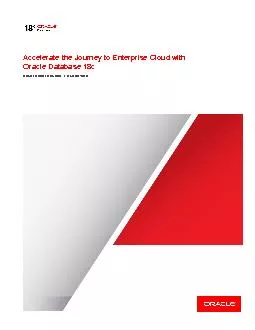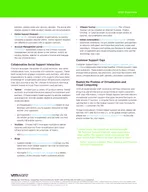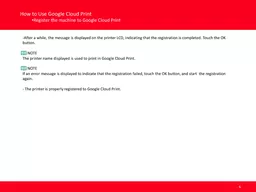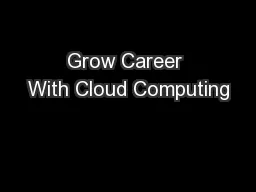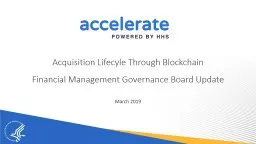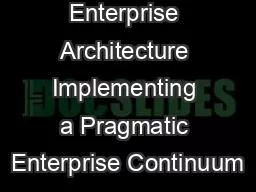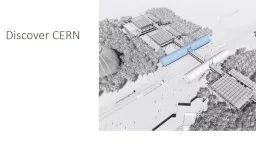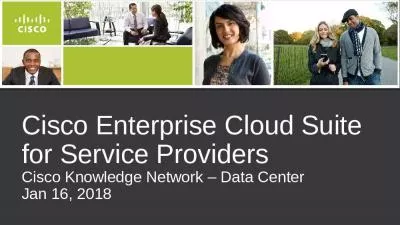PDF-Accelerate the Journey to Enterprise Cloud with
Author : olivia-moreira | Published Date : 2015-08-20
Oracle Database 12 c ORACLE WHITE PAPER APRIL 2015 ACCELERATE THE JOURN EY TO ENTERPRISE CLO UD WITH ORACLE DATAB ASE 12C Table of Contents Introduction 1 The Journey
Presentation Embed Code
Download Presentation
Download Presentation The PPT/PDF document "Accelerate the Journey to Enterprise Clo..." is the property of its rightful owner. Permission is granted to download and print the materials on this website for personal, non-commercial use only, and to display it on your personal computer provided you do not modify the materials and that you retain all copyright notices contained in the materials. By downloading content from our website, you accept the terms of this agreement.
Accelerate the Journey to Enterprise Cloud with: Transcript
Download Rules Of Document
"Accelerate the Journey to Enterprise Cloud with"The content belongs to its owner. You may download and print it for personal use, without modification, and keep all copyright notices. By downloading, you agree to these terms.
Related Documents

